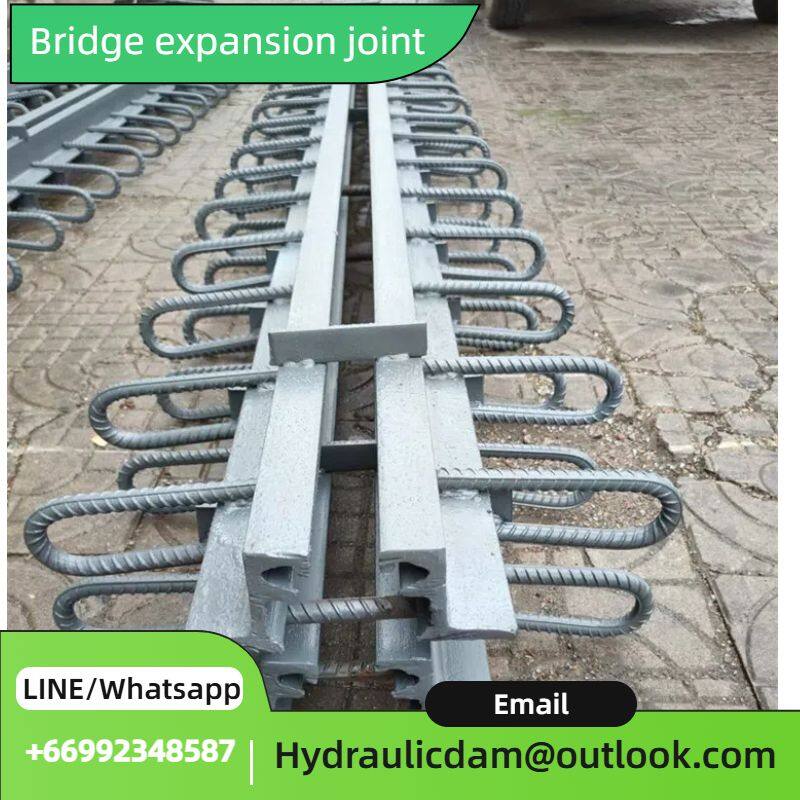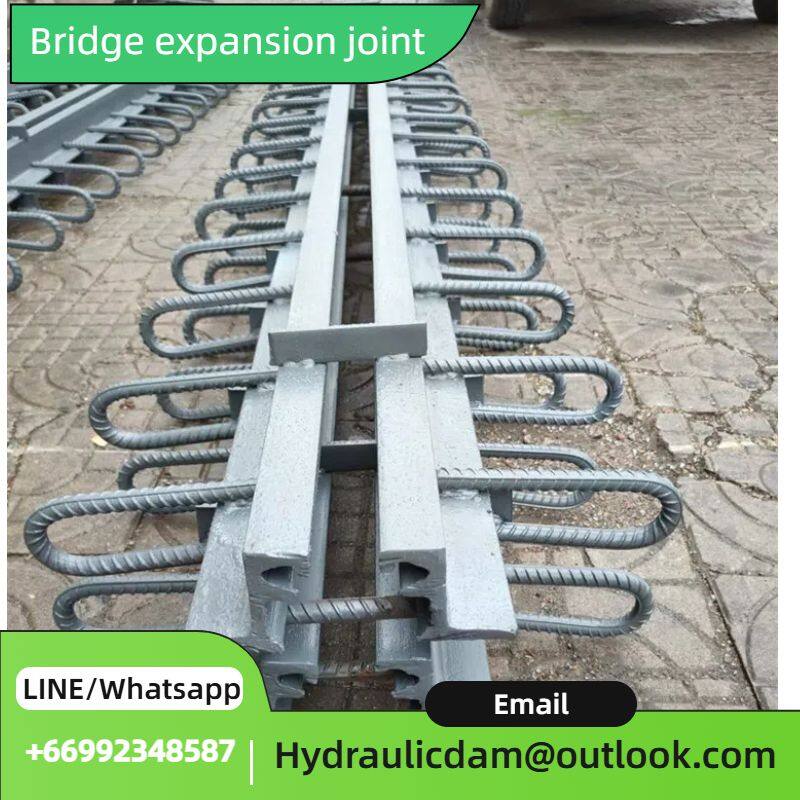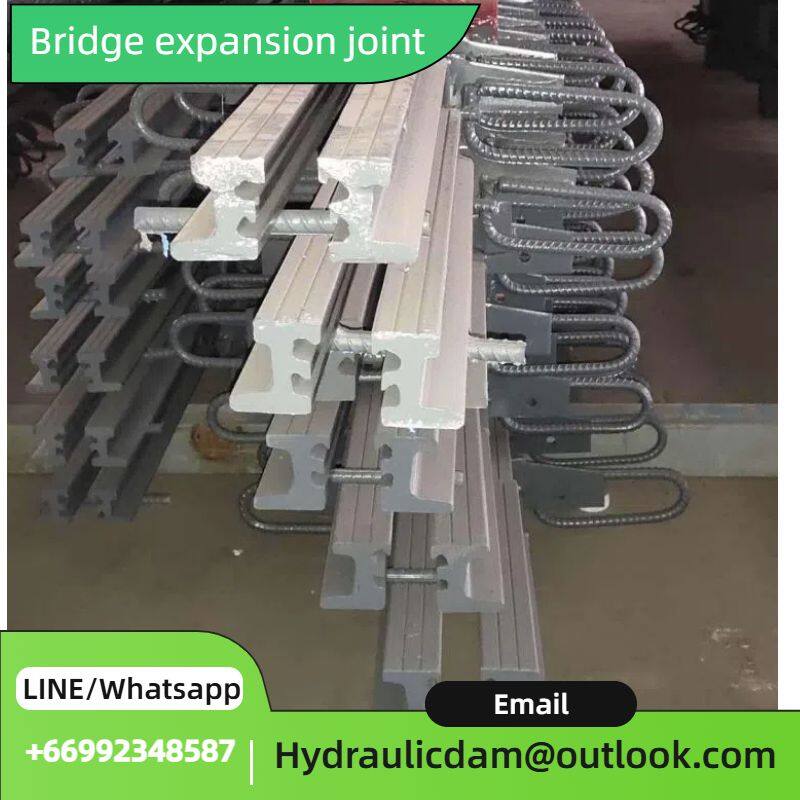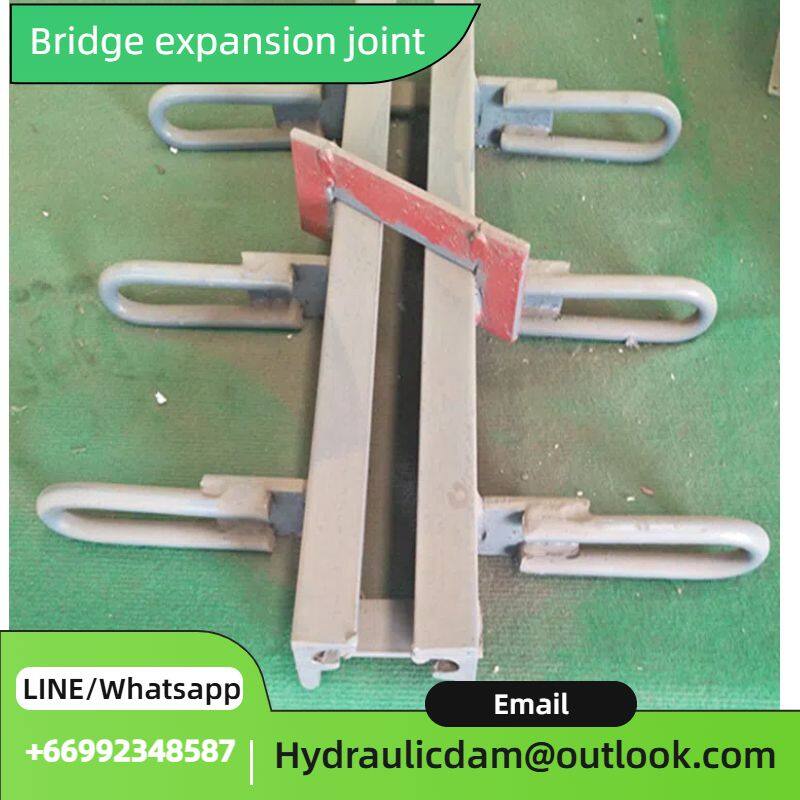Hebei KeWang Rubber Products Co., Ltd.
AIBot OnlineThis conversation is AI-generated. Contact manufacturer before transaction to confirm info.
-
 Liu
Hi there! Welcome to my shop. Let me know if you have any questions.
Liu
Hi there! Welcome to my shop. Let me know if you have any questions.
Your message has exceeded the limit.

The Significance of Bridge Expansion Joints
2025-07-18 13:17:05
Bridges are not only remarkable feats of engineering that connect communities and facilitate transportation but also enduring structures that must withstand the test of time and the forces of nature. Among the many crucial components in bridge design, expansion joints play a pivotal role in ensuring the bridge's longevity, functionality, and safety. In this blog, we will explore the importance of bridge expansion joints, their types, functions, and the challenges associated with them.
Understanding Bridge Expansion Joints
Expansion joints are essential structural elements integrated into bridges. Their primary function is to allow controlled movement between adjacent sections of the bridge structure. This movement is mainly caused by various factors, such as thermal expansion and contraction due to temperature fluctuations, seismic activity, and dynamic traffic loads. Without expansion joints, bridges would be highly vulnerable to damage from these forces.
The Bridge's Battle Against Nature
Temperature Fluctuations
Temperature changes have a significant impact on bridge structures. As the temperature rises, materials like concrete and steel in the bridge expand. Conversely, when the temperature drops, they contract. These expansions and contractions generate substantial stress within the bridge. For example, a long - span bridge in a region with extreme temperature variations can experience significant length changes. If there are no expansion joints to accommodate these movements, the stress can lead to cracking, warping, or even structural failure over time.
Seismic Activity
In areas prone to earthquakes, bridges are subjected to ground motion and lateral forces during seismic events. Expansion joints are designed to absorb and distribute these forces, preventing the bridge from experiencing excessive stress concentrations. They allow the bridge structure to flex and move during an earthquake, reducing the risk of collapse and ensuring the safety of both the bridge and the people using it.
The Role of Expansion Joints in Bridge Construction
Stress Management
Bridges are constantly subjected to multiple stress factors. Expansion joints act as stress relievers. They enable the bridge to flex and move in response to thermal expansion, contraction, seismic activity, and traffic loads without suffering structural damage. By distributing the stress evenly across the structure, they prevent the formation of cracks and fractures, which could otherwise compromise the integrity of the bridge.
Safety
Safety is of utmost importance in bridge construction. Expansion joints contribute significantly to bridge safety. They minimize the risk of accidents by preventing the development of hazards such as potholes or slippery surfaces. A well - functioning expansion joint ensures a smoother and more secure journey for vehicles and pedestrians, reducing the likelihood of sudden jolts or skids as they cross the bridge.



Tags: Bridge expansion joint, Deck Joint, Bridge shrinkage joint

